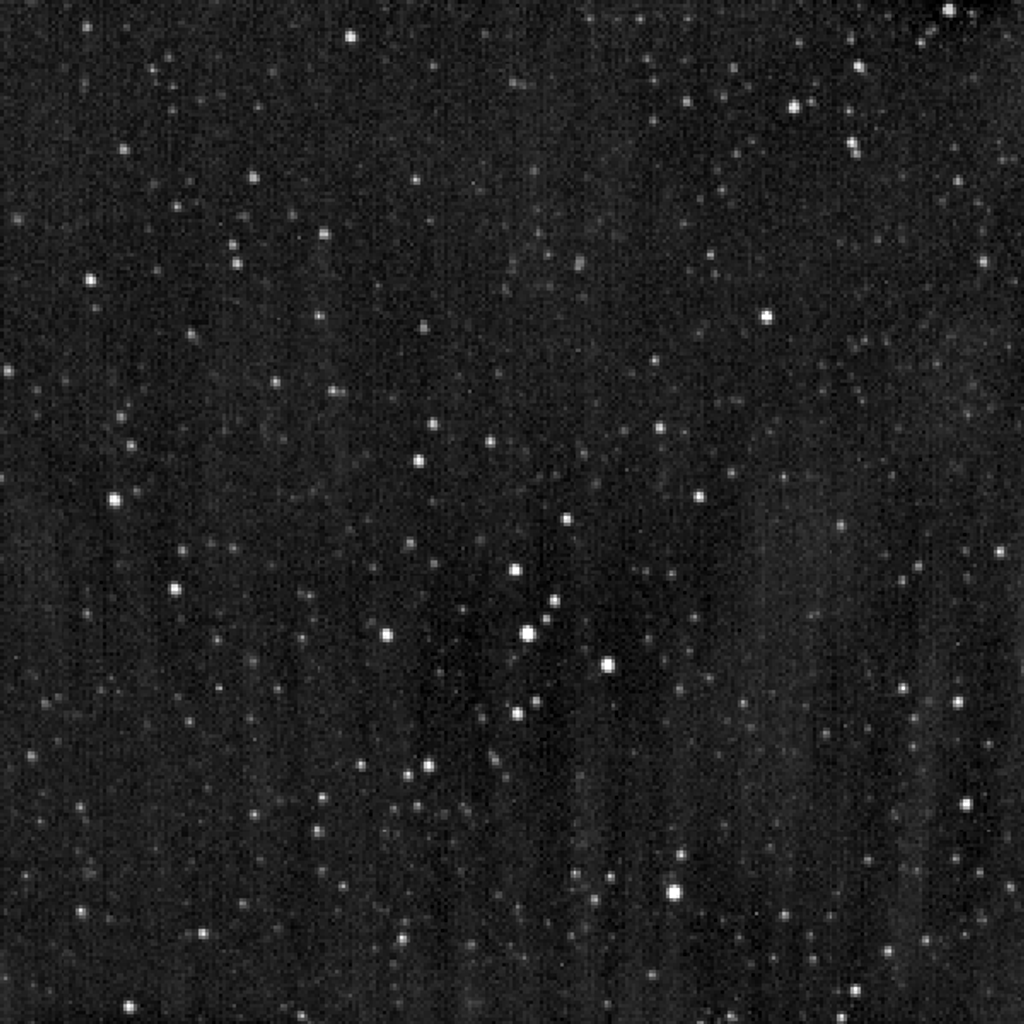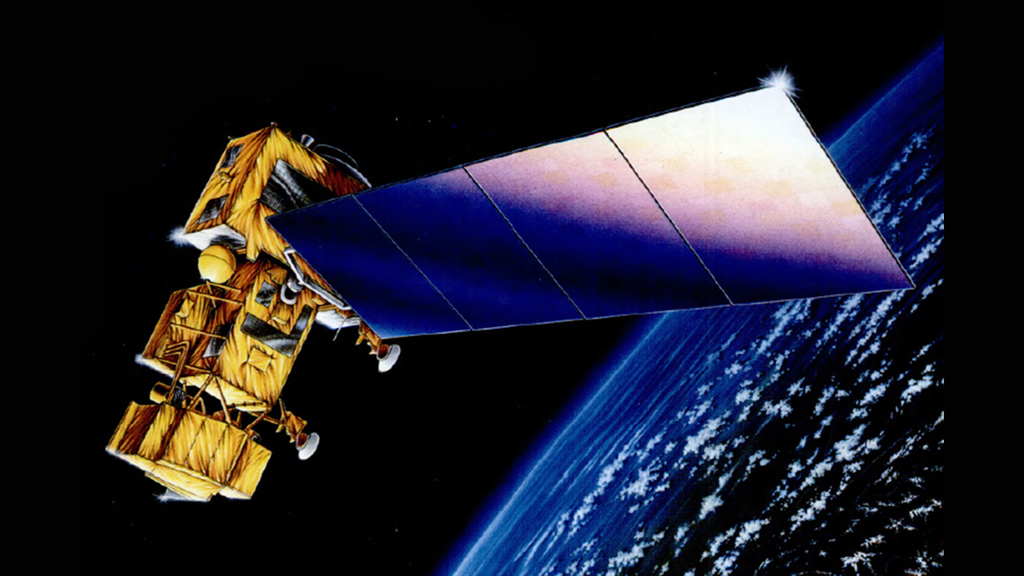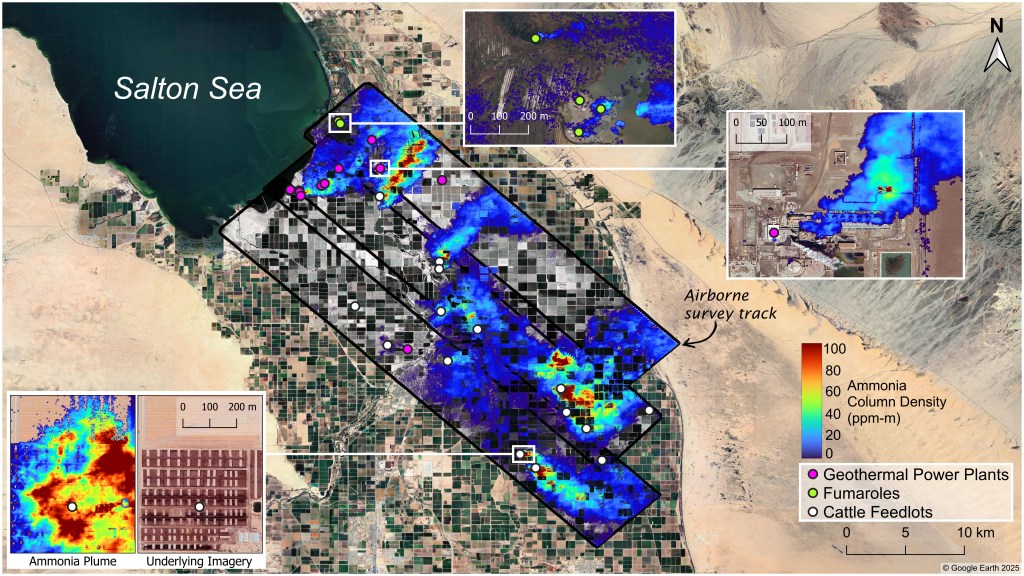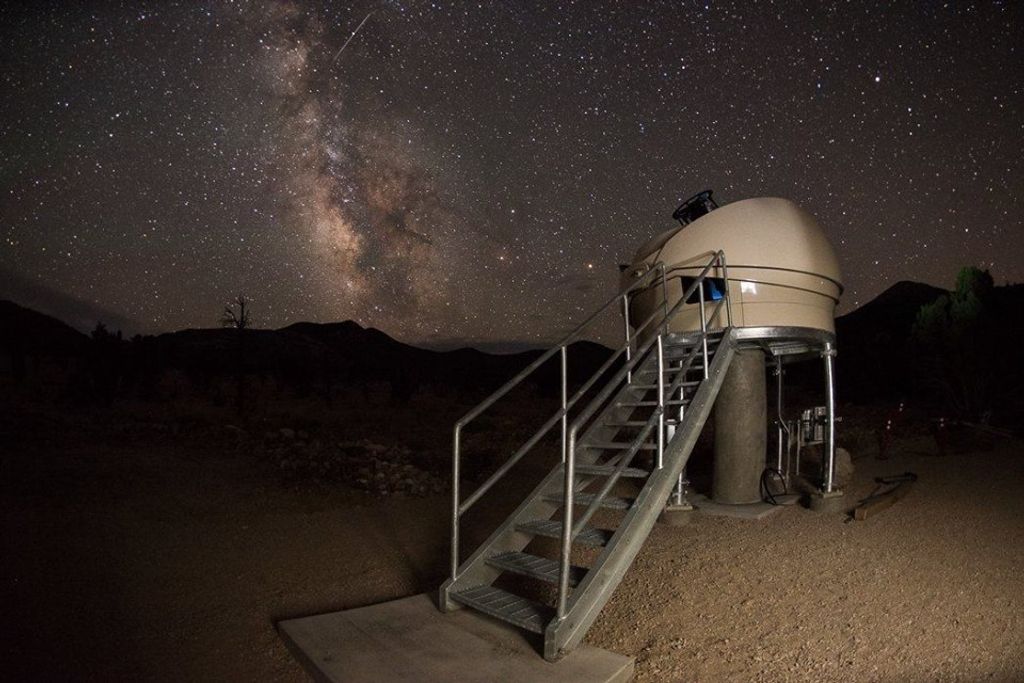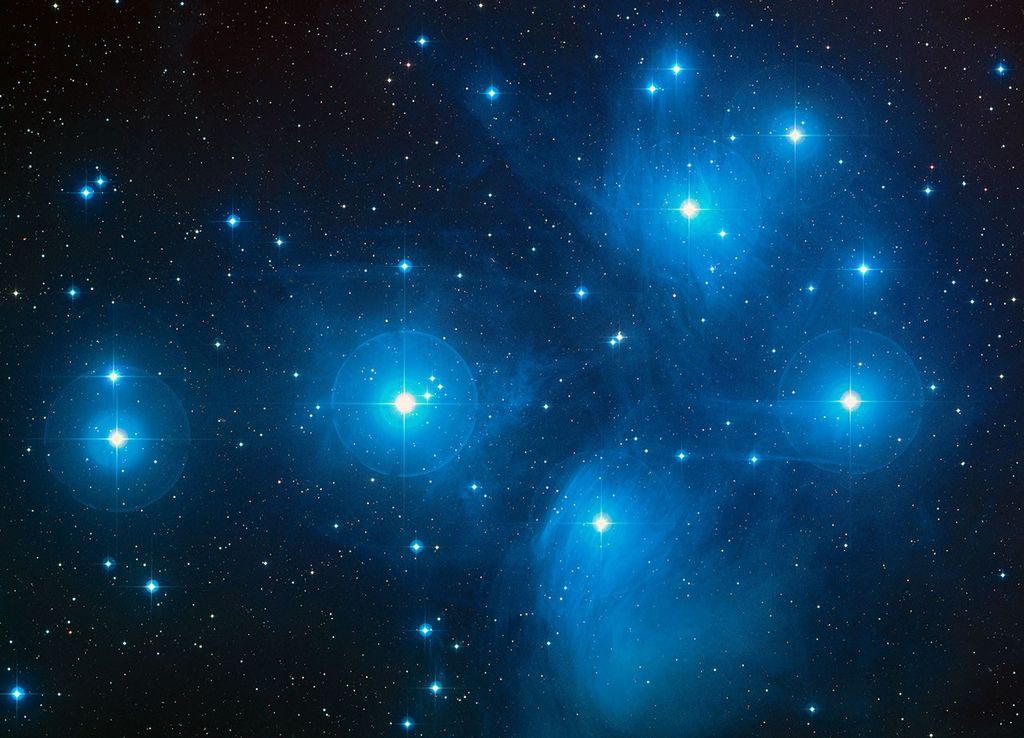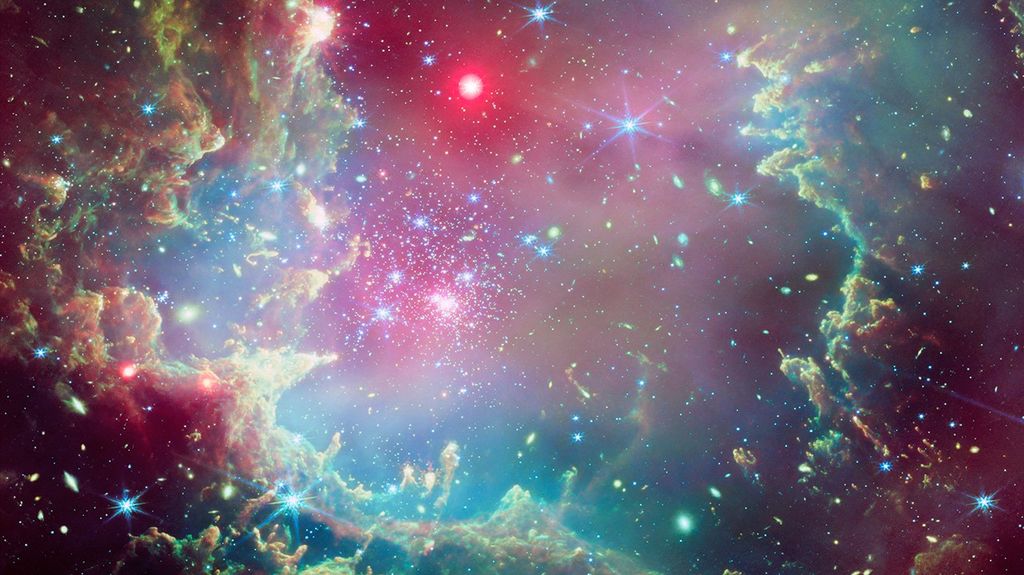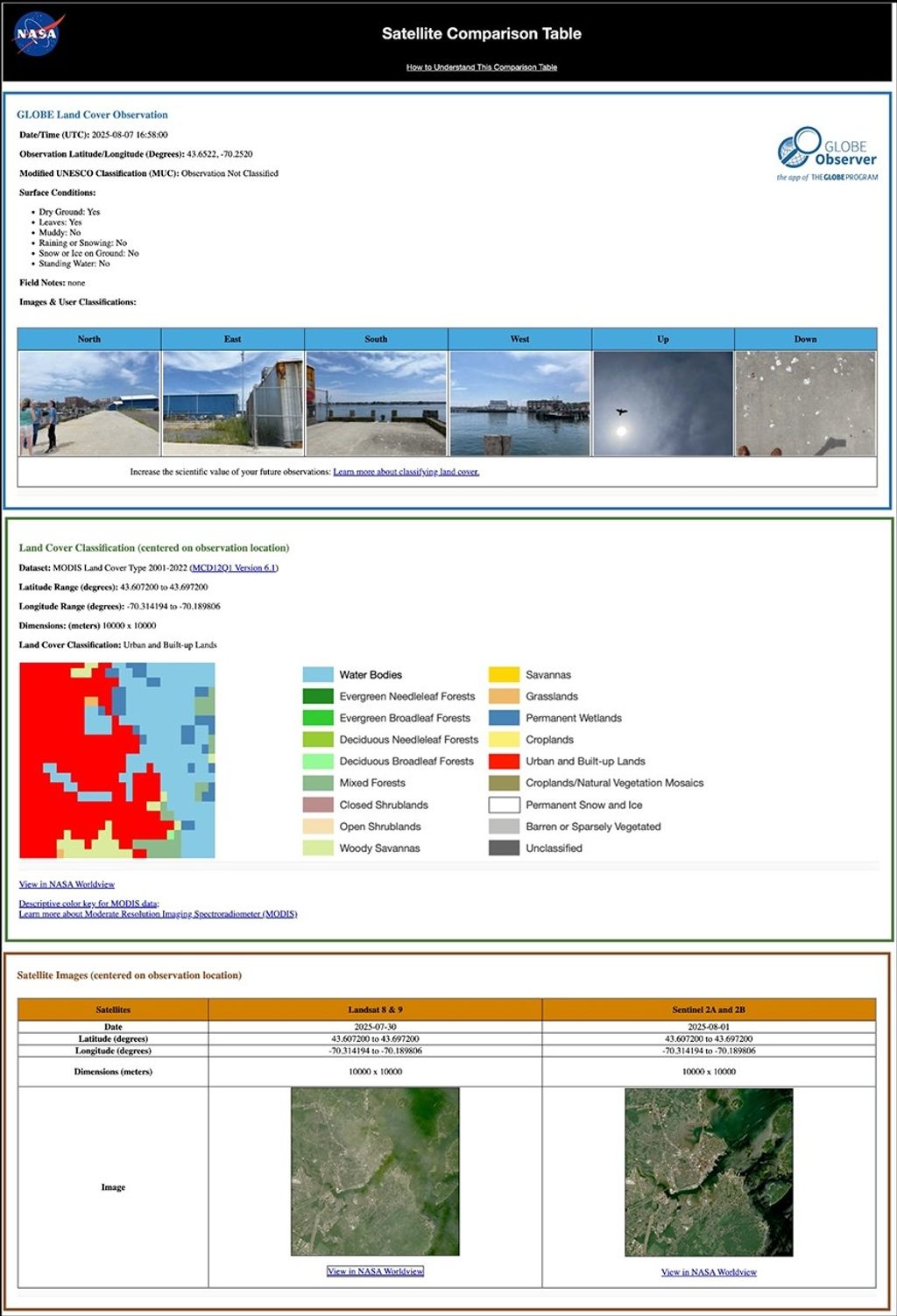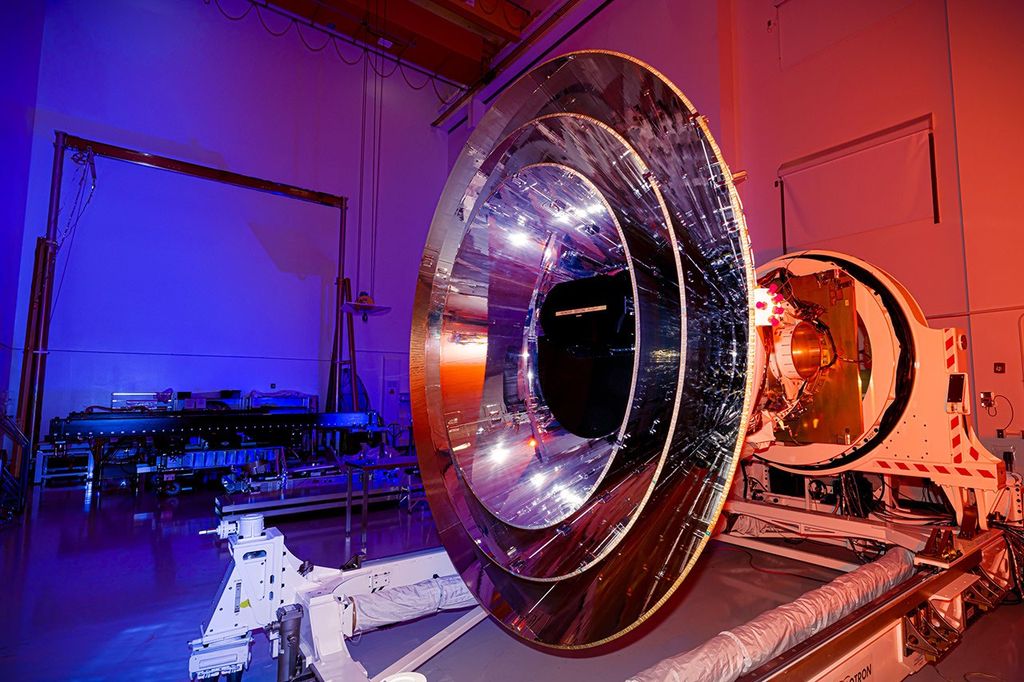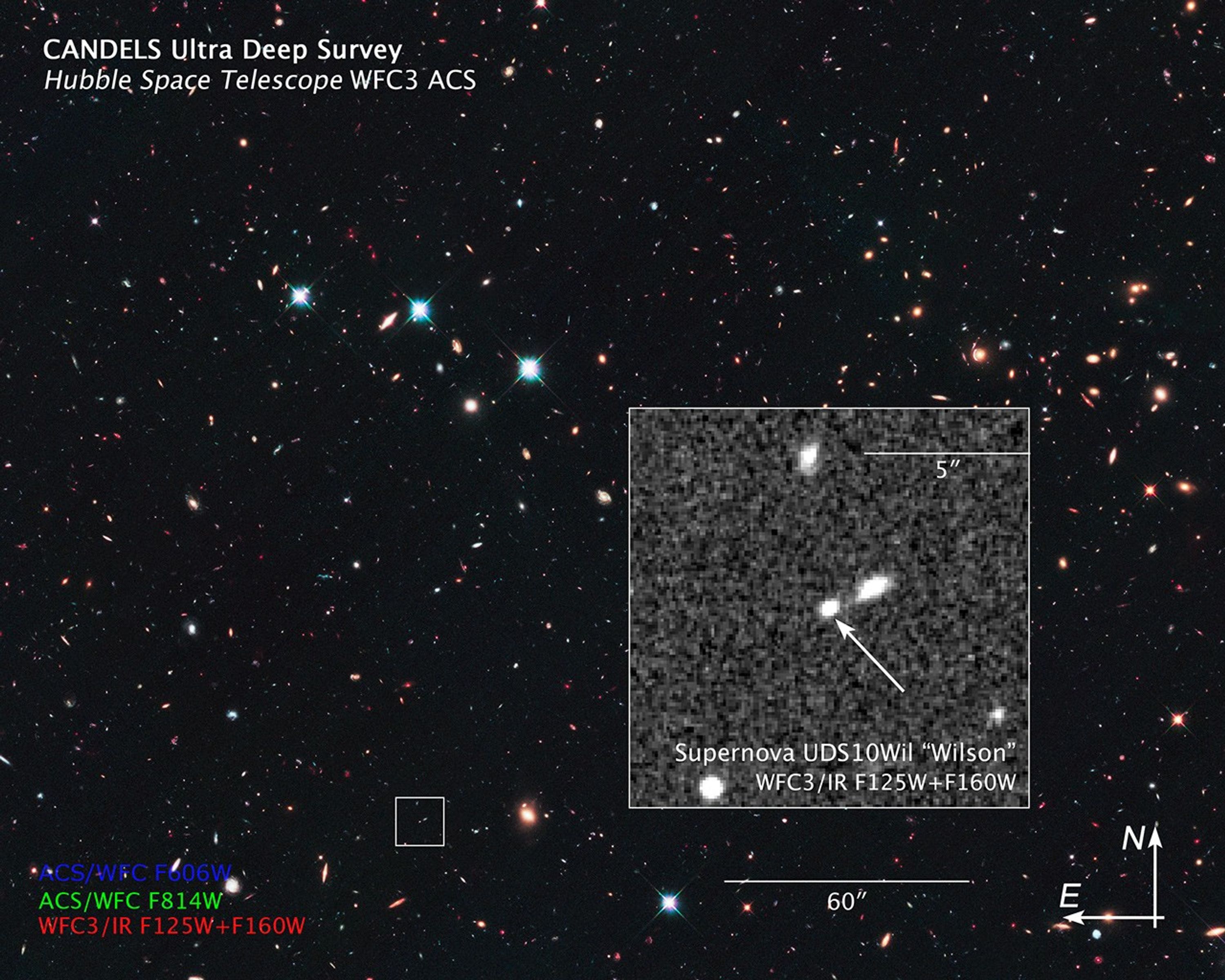1 min read
CANDELS Ultra Deep Survey (UDS)

About the Object
- R.A. PositionR.A. PositionRight ascension – analogous to longitude – is one component of an object's position.02h 17m 46.0s
- Dec. PositionDec. PositionDeclination – analogous to latitude – is one component of an object's position.-5° 15' 23.0"
- ConstellationConstellationOne of 88 recognized regions of the celestial sphere in which the object appears.Cetus
About the Data
- Data DescriptionData DescriptionProposal: A description of the observations, their scientific justification, and the links to the data available in the science archive.
Science Team: The astronomers who planned the observations and analyzed the data. "PI" refers to the Principal Investigator. - InstrumentInstrumentThe science instrument used to produce the data.HST>ACS/WFC and HST>WFC3/IR
- FiltersFiltersThe camera filters that were used in the science observations.F125W, F160W, F606W, and F814W
- Object NameObject NameA name or catalog number that astronomers use to identify an astronomical object.CANDELS Ultra Deep Survey (UDS)
- Object DescriptionObject DescriptionThe type of astronomical object.Deep survey
- Release DateApril 4, 2013
- Science ReleaseHubble Breaks Record in Search for Farthest Supernova
- Credit

Color Info
Color InfoA brief description of the methods used to convert telescope data into the color image being presented.
Blue: F606W Green: F814W Red: F125W + F160W
Related Images & Videos
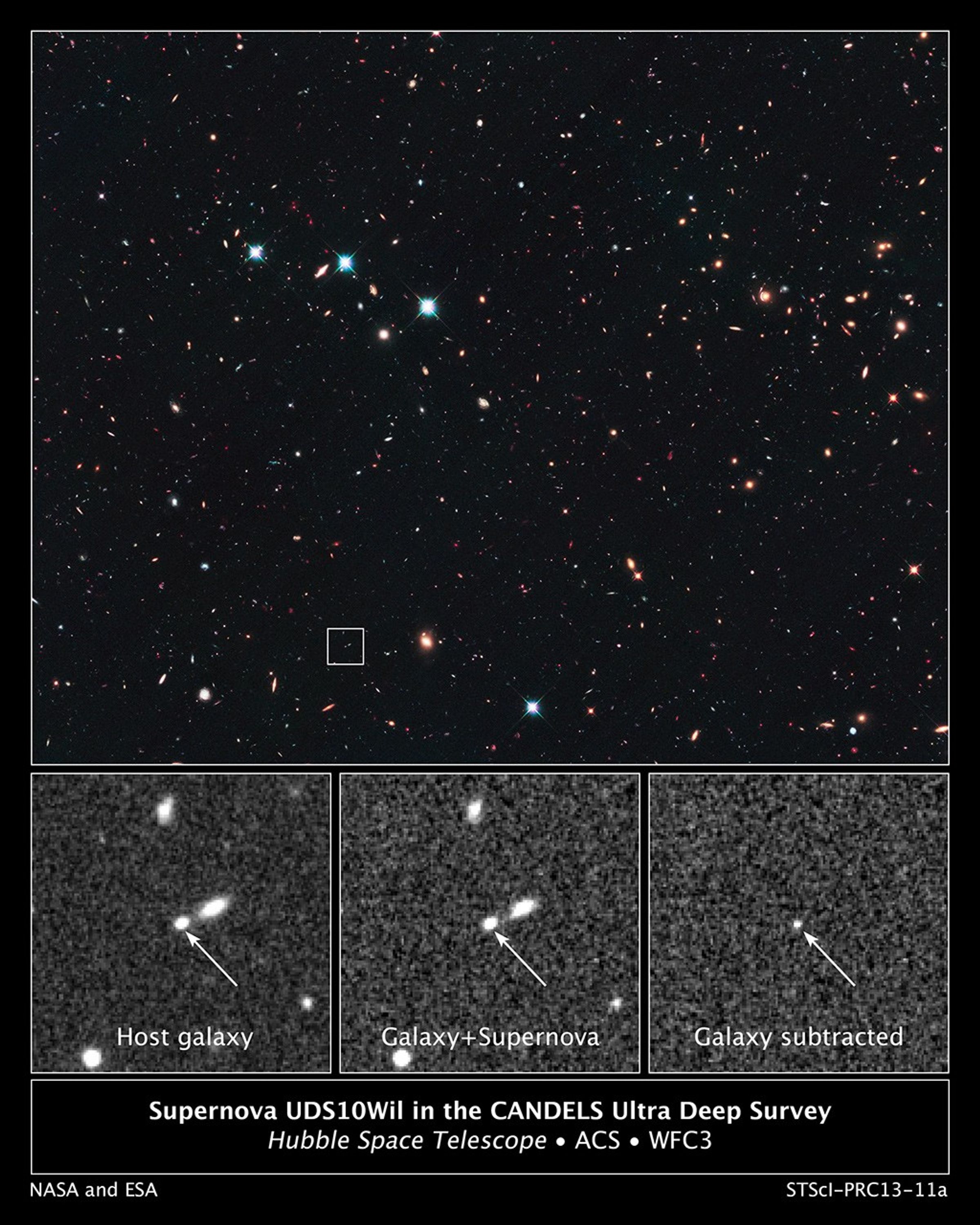
Supernova UDS10Wil in the CANDELS Ultra Deep Survey
This is a Hubble Space Telescope view looking long ago and far away at a supernova that exploded over 10 billion years ago. The supernova's light is just arriving at Earth because it has traveled more than 10 billion light-years (redshift 1.914) across space. The supernova,...
Share
Details
Last Updated
Aug 17, 2025
Contact
Media
Claire Andreoli
NASA’s Goddard Space Flight Center
Greenbelt, Maryland
claire.andreoli@nasa.gov






